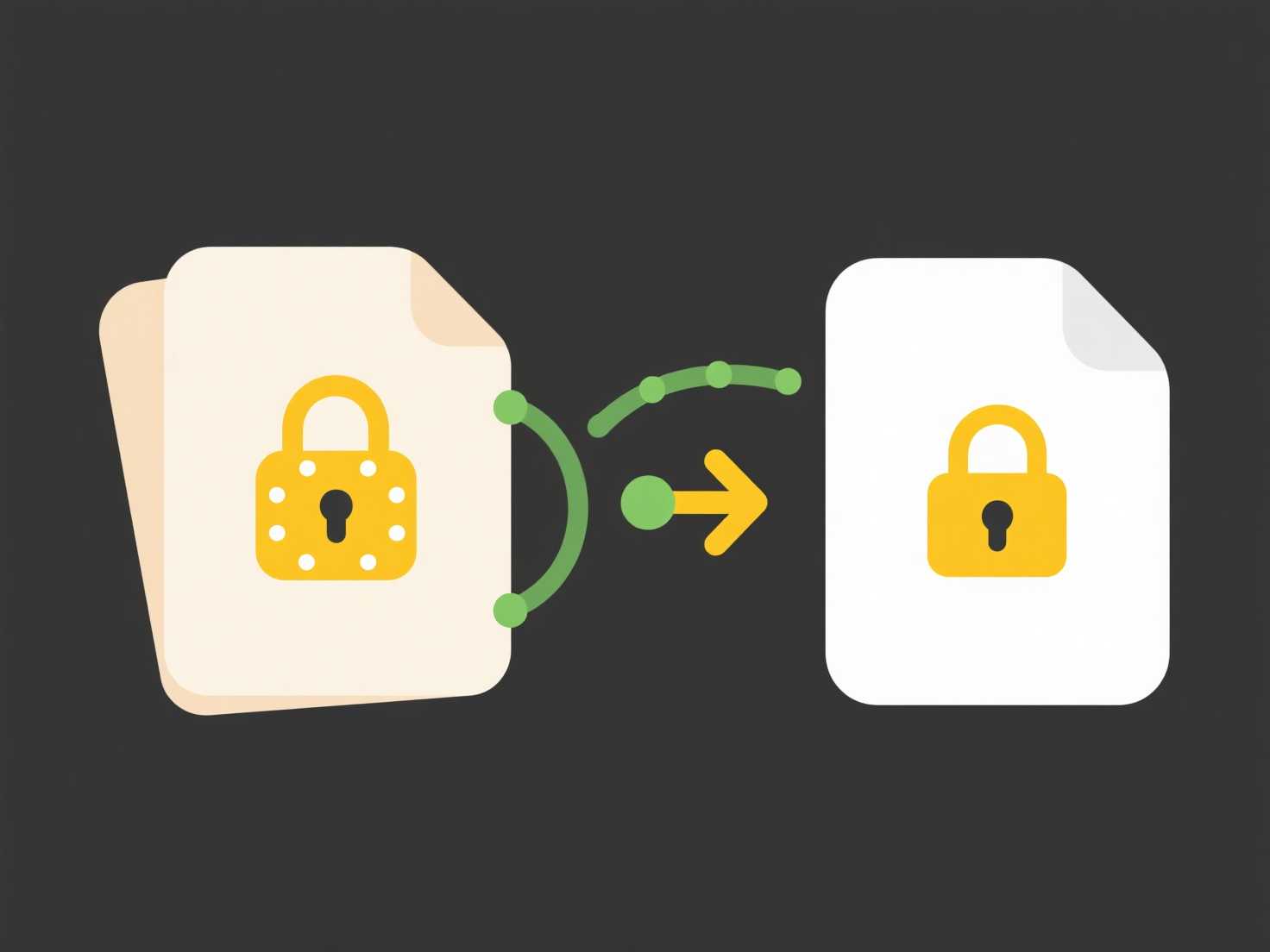
File duplicates are copies of the same file existing within a system. During indexing, the process of cataloging file contents for fast search, duplicates consume additional storage space for the index itself as each copy is analyzed. More importantly, they increase processing time required to analyze each file. When searching, duplicate files often generate redundant results, forcing users to sift through identical entries, which can slow down finding the specific relevant file among the clones.
For example, in cloud storage services like Google Drive or Dropbox, having multiple copies of the same large document will cause the indexing service to take longer to complete scans. In enterprise document management systems, users searching for a report might retrieve ten identical copies stored across different team folders, making it harder to identify the primary version or the latest edit quickly.

This redundancy wastes storage resources and computational power, impacting indexing speed and overall search responsiveness. While some advanced indexing systems can be configured to ignore known duplicates or use deduplication, not all do, and the overhead remains a significant limitation. The time users spend filtering duplicate results detracts from efficiency. Effective file management policies, including deduplication tools and organized folder structures, are crucial to mitigate these performance issues.
Can duplicates affect file indexing and search performance?
File duplicates are copies of the same file existing within a system. During indexing, the process of cataloging file contents for fast search, duplicates consume additional storage space for the index itself as each copy is analyzed. More importantly, they increase processing time required to analyze each file. When searching, duplicate files often generate redundant results, forcing users to sift through identical entries, which can slow down finding the specific relevant file among the clones.
For example, in cloud storage services like Google Drive or Dropbox, having multiple copies of the same large document will cause the indexing service to take longer to complete scans. In enterprise document management systems, users searching for a report might retrieve ten identical copies stored across different team folders, making it harder to identify the primary version or the latest edit quickly.

This redundancy wastes storage resources and computational power, impacting indexing speed and overall search responsiveness. While some advanced indexing systems can be configured to ignore known duplicates or use deduplication, not all do, and the overhead remains a significant limitation. The time users spend filtering duplicate results detracts from efficiency. Effective file management policies, including deduplication tools and organized folder structures, are crucial to mitigate these performance issues.
Quick Article Links
Can renaming a file help with faster indexing or search in apps?
File renaming primarily aids human discoverability rather than speeding up software indexing or search. Indexing engines...
What is a .ipynb file?
A .ipynb file is an IPython Notebook file, now commonly called a Jupyter Notebook file. It stores the contents of a Jupy...
Why is my cloud storage not syncing with my computer?
Cloud syncing automatically updates files between your computer and online storage service. When syncing stops, communic...